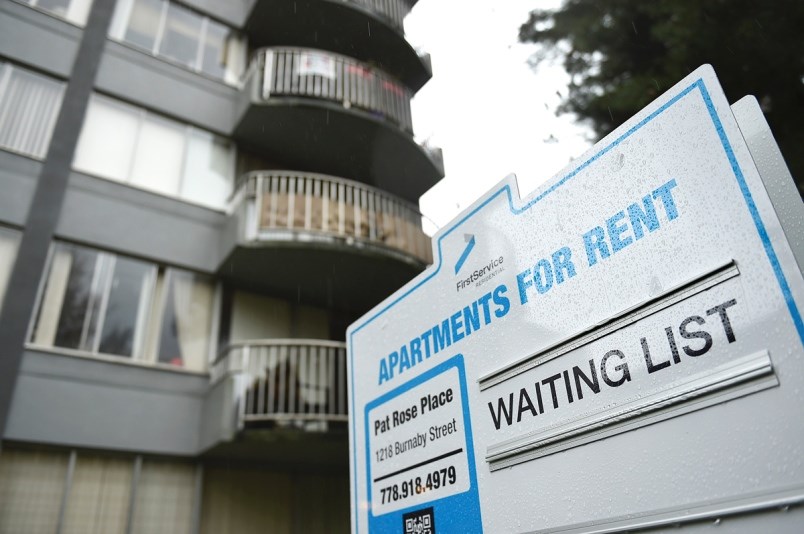There is much discussion about Metro Vancouver housing and those who feel unable to find a home they can afford. As one of the most desirable places in the world, the region also has some of the highest home prices. We need to start taking a closer look at purpose-built rental and examine why there has been so few built in our city over the past 30 years. With housing organization leaders meeting in Surrey today for the annual RENT summit, it’s timely to examine some solutions on how we can increase the supply of rental housing in the region.
Purpose-built rental needs to be the backbone of the Lower Mainland’s housing market, as it is specifically designed and built as long-term rental accommodation. These homes are always used to house those who are renting rather than being purchased by investors looking to achieve a capital gain. These rental homes rarely sit empty, versus an investor/owner who may rent their condo one year but choose not do so the next.
In the 1960s-70s, there was a strong push for the development of rental housing in Metro Vancouver. If you look around the region, most rental buildings are from these two decades. After this, developers significantly decreased the number of purpose-built rental buildings due to multiple factors including the lengthy approvals process, increase in construction costs, and a large increase in building operating expenses.
There are two focus areas that we should consider in an effort to build more purpose-built rental homes for Metro Vancouver residents – improve and expand rental partnership, and re-think design.
Improve and expand rental partnerships
There is potential to diversify partnerships and create projects that benefit all parties involved. The key stakeholders need to align values and change the way we partner on building homes. There are currently a variety of potential spaces for building more rental housing. Partners include city-owned land, the school boards, golf courses and non-profit buildings. We have already seen developers successfully partner with local churches on building homes and we need to expand on this idea while putting the focus primarily on rental homes.
One key area worth examining is the partnerships between non-profits and developers. We need a new model for developers and non-profits to work together on building homes. The current model is risky and expensive for both parties, with high tax payments on new rental buildings. If the federal government were to consider providing GST waivers for projects, this could help decrease costs and thus pass along these savings to future renters. In addition to the cost risks for developers, there is also the risk that the non-profit takes on when partnering with a developer. Non-profits may be “land rich” with the space for homes, but they do not have the ability to finance the job. Here, they rely on the developer. There needs to bemore cooperation from different levels of government to help facilitate these types of partnerships.
Re-think design
We have been building the same way for some time and we need to re-think the efficiency of the buildings we create. The current model is expensive and not entirely practical. We need to simplify things and start designing buildings that focus on what the residents really need.
Currently, we are creating buildings with expansive and expensive underground parking garages. Recent reports suggest that many of these underground parking spots are sitting empty as fewer residents are driving, many choosing public transit for bicycles. When a developer includes underground parking in a new building, it requires their construction team to dig, moving away massive amounts of dirt, construct a foundation and concrete parkade and build back up to ground level again. By the time they start building homes, they are often already one third of the way through their construction budget. We should stop spending so much money on underground parking and invest more into transit orientated developments throughout the region’s communities.
The other design feature worth reconsidering is the large ground-floor commercial component that is often required when building homes. This seems simple but is actually costly and risky for the developer to plan and incorporate. The costs of incorporating commercial spaces are significant and in a region where lease rates are high, securing retail tenants who please the community, and who can afford the space, is challenging. Mixed-use buildings are important but requiring commercial spaces often results in long periods of empty floor area, adding to the overall project cost. This has a direct impact on the affordability of the rent.
In the current market, the majority of residents will be renting their home. Metro Vancouver is seriously lacking in purpose-built rental buildings to fill this need. If we re-evaluate valuable partnerships and the way we are designing homes, we may be able to ensure a better future with a larger supply of more attainable/affordable rental homes for our communities.
Zack Ross is the chief operating officer of real estate development company Cape Group



